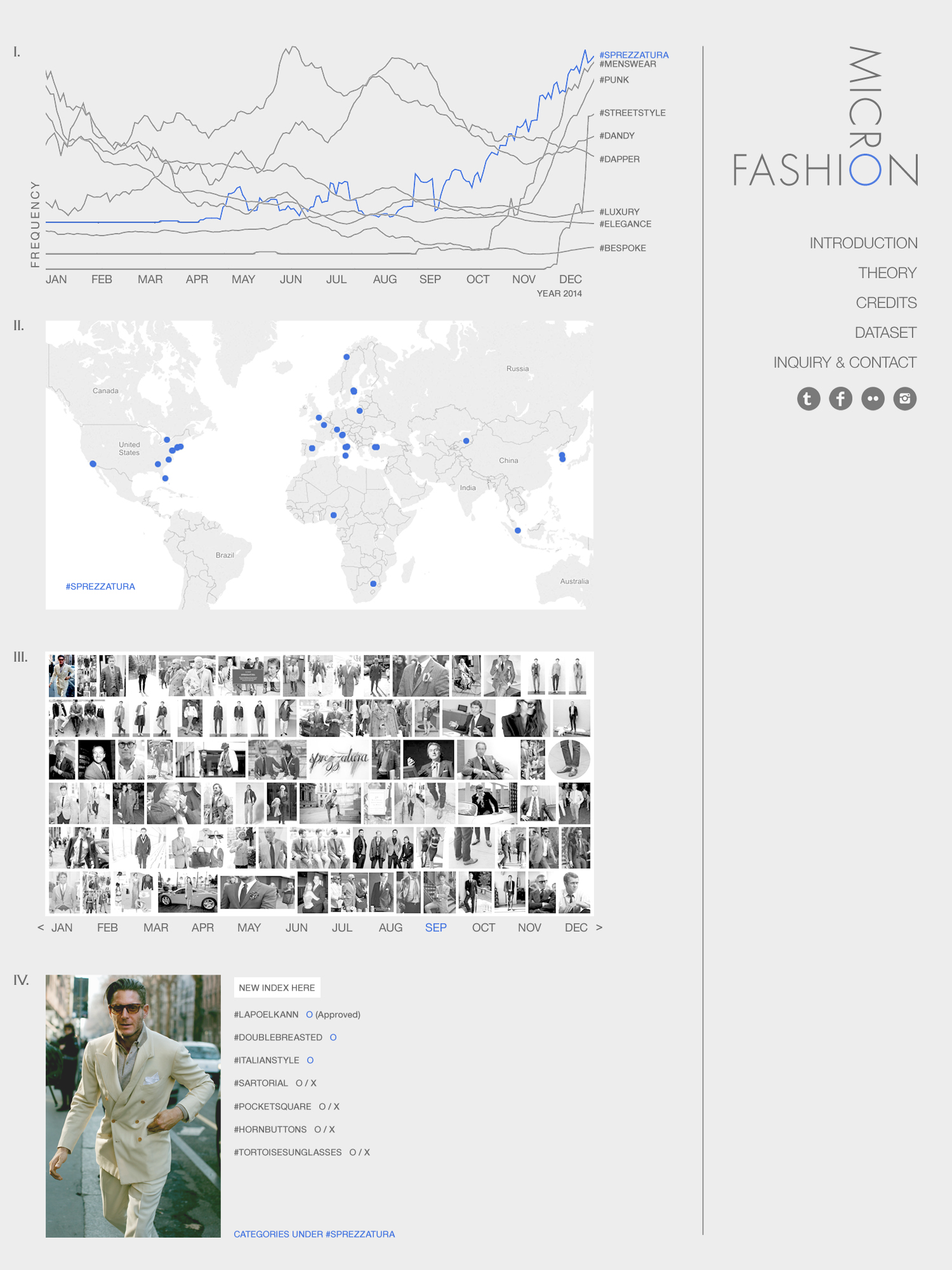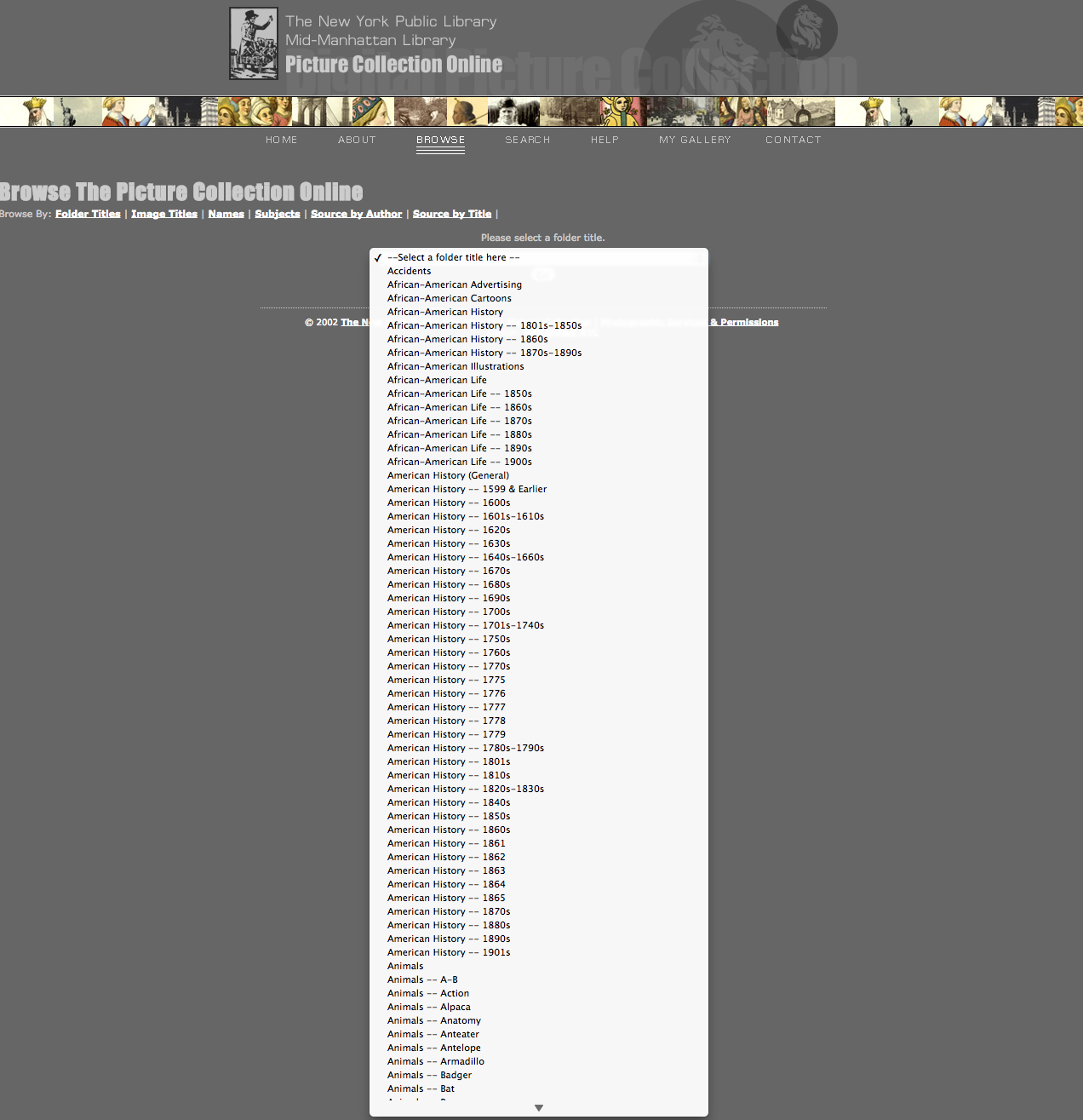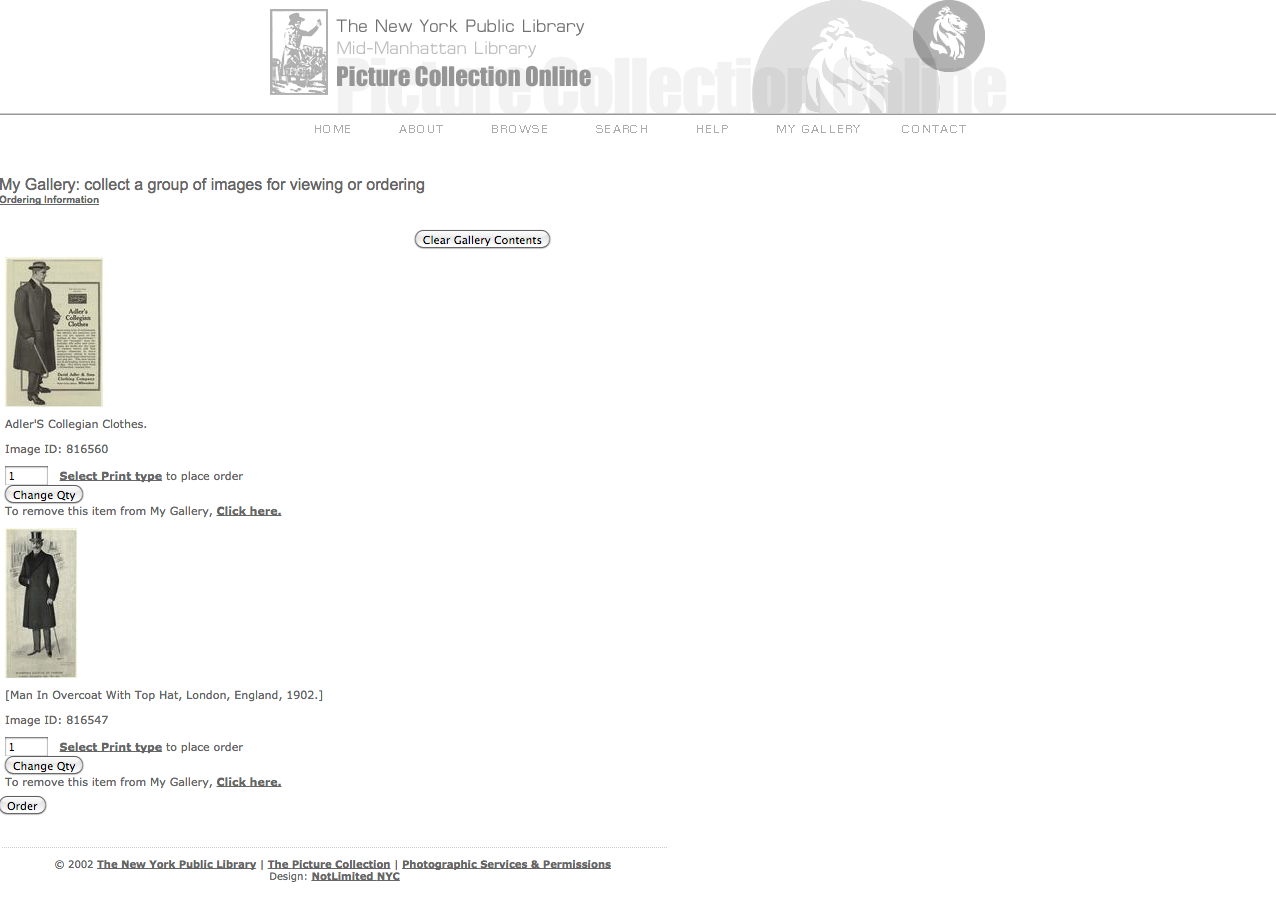As I was reading ‘Eversion’ by Steven Jones, I couldn’t help but engage the subject with my personal experiences in South Korea, where I was born and raised, until I moved to New York in 2007. South Korea has the fastest average internet connection speed (AICS) in the world. In a report by Akamai Technologies in 2014, South Korea recorded 21.9mbps AICS with an average of 68.5mbps at peaks speeds, which is almost twice as fast as Japan (2nd) and China (3rd). AICS in the U.S. recorded 10.0mbps, which has generally improved over the past few years. (http://www.xconomy.com/boston/2014/04/23/u-s-10th-in-average-internet-speed-rankings-s-korea-still-no-1/) I still clearly remember the emergence of the internet, and its development to its current ultra-high-speed broadband service in Korea, which is why I could relate the reading to my experiences. The reading raised the question: What is the relationship between the internet speed (based on broadband service) and eversion?”
I was about 12 years old, which was approximately 1997, when I first noticed that my classmates and friends were consistently going to a place called PC Bahng (literally a computer room).” As soon as school ended, students ran off to PC rooms near school. I was never drawn to video games, but I too visited these rooms to meet with my friends. My first impression was not so pleasurable. It was a small, smoky dark room with rows of computers lined next to each other, facing the wall. There was also a huge stack of routers by which high-speed internet was made possible. A bunch of teenagers in their school uniforms were playing “Role-playing games”, like Warcraft and Starcraft, or “Simulation games,” mostly involving warfare. Regardless of the genre, I noticed something they shared in common; gamers were communicating with each other through online “chat rooms”. Besides the games, cyber chatting had become very popular among the students. Often times, online chatting would lead to in person meeting, which became socially controversial. In this respect, “eversion” was already occurring in South Korea, Yet, most adults viewed using computers as distraction until then. The culture of PC rooms, however, was much more prevalent than the adults had imagined. Despite the skepticism, the numbers of PC rooms have increased tremendously, and have become hyper-mature, mainly for its monetary value (it became the most promising entrepreneurial opportunity), and soon I could see PC rooms on every other block. It had become ubiquitous in a couple years since its emergence. With its expansion, adults’ perceptions on internet had gradually changed in a positive way. They started to see the possibility of productive uses of internet for education. Consequently, AICS in Korea had become even faster around 2001. People were able to play their video games at home without experiencing any connection issues. The only reason students continued to visit PC rooms was to keep their parents from finding out that they were playing games. However, the development of high-speed broadband internet service did not occur autonomously. The Korean government started its subsidy on high-speed-internet from 1995, and by 1999, 10 million people were using the internet. It was only a little less than one quarter of the entire population. Also, with the government’s support, Korean mega-corporation, represented by Samsung, L.G., SK Telecom and etc., started investing a preponderance of money and dominating this industry.
Around 2000 or 2001, a good portion of high school students possessed mobile phones, and the mobile connection speed was significantly advanced as well. Soon, virtually every area was provided with cellular data and WiFi service. People were even able to stream online television on their phones underground on subway stations and even in trains, and this was nearly twelve years ago. In comparison, New York has just started to provide WiFi in select train stations, and is still unable to provide connection in most areas underground. Already by this time in Korea, noticeably less people read books or newspapers in the trains, and more people looked at their mobile phones, playing video games, watching TV shows and messaging their friends. When I visited Korea in 2008, I remember I was quite surprised to see people video chat so casually on their cell phones without any kind of lag, even in high-resolution. Independent Korean IT companies have developed their own search engines and blogs, represented by NAVER(http://www.naver.com/), which, according to Korean people, is still used more frequently than Google in South Korea. I also noticed that popular social media platforms in the United States, like Twitter and Facebook were unable to gain the same popularity in South Korea. This is because Korea has developed their own media platforms and systems which they believe to be more effective and ergonomic. South Korea currently seems to be rather “converted” than “everted”. The people’s daily lives heavily depend on the internet; they are simply lost without it. According to CNN’s article, In 2010, 94% of the population has access to high-speed in South Korea (http://www.cnn.com/2010/TECH/03/31/broadband.south.korea/). Except for their times of labor and sleep (although most times they use computers at work), they spend their lives online via their computers, tablets or phones. Socializing, entertaining, cultural or intellectual cultivating, and etc. all happen online these days. To me, it seems like its world’s leading AICS and the characteristic of the citizens (which I need to talk about) resulted this converted phenomena. The mixed reality has become replaced by the substitute reality. They’ve created alternative egos and personas in their cyberworld (or rather the real world to them) with different social que and culture, feeling more comfortable and secure than when they are in the external world. It seems their actuality is compromised by the virtuality; it’s converted. Another interesting concept is that the public spaces are not limited for public usage anymore. As long as people have computers or phones, the public areas become their private/personal (online)spaces. Korean citizens mostly communicate via texting and messaging. I’ve met a number of young people who claim that they experience a slight phobia of speaking on the phone or having conversation in person, especially when speaking strangers. The youth in South Korea have difficulties speaking formally because they are so accustomed to communicating through a specific manner and abbreviations commonly used online. Soon people began to use these terms and abbreviations while their conversations in the real world. At first, it seemed to be started as a joke, but over the past few years, it’s become quite common to speak, especially among younger generation, in this manner.
Instead of looking at the history behind IT development in South Korea to me, it seems more imperative to analyze the socio-economic influences that results from it. South Korea, from my experience as a native, is a highly implicit, domesticated, and conformed society. The people tend to be very self-conscious about different opinions or lifestyles as opposed to the norm. Being “different” means often times being “wrong”. For the same reason, debating culture is an alienated concept among the general public and even among intellectuals and politicians. The education system and pedagogy are heavily geared to recitation and memorization, rather than a more progressive and creative form of learning. The people consider art as a substitute to scholarship. Their prejudices and stereotypes overpower their rationality, conformity is a virtue, critical thinking is a vice, the efficacy of the humanities is ignored, and women are still repressed in a patriarchal society as they are objectified as (sexual)commodity in the media. Additionally, the gap between the minority of opulent and the majority of the rest continues to increase. What i’m trying to say is, due to the characteristics of their repressed culture, as the cyberspace has prevailed among their lives, Koreans have been developed cultic and almost dogmatic cultures in their online world. Most major online platforms including social media have been dominated by vulgar talks and series of meaningless images among citizens. Online platforms and mobile phone applications emancipated their regressed emotions and expressions. We can also look at the phenomenon in a psychological lens, and it seems quite plausible to say it is a neurotic symptom that is massively and gradually emerged among the general public in Korea, prompted by their long-time-repression, and released by the advent of the anonymous world of cyberspace. And as I’ve foreseen, fanatic culture in South Korea has become like a secularized religion to the point where watching a bunch of almost naked 16-year-old girls dance to the psychedelic songs on a television and internet has become the norm. Even more shocking thing is they export this culture to other parts of Asia (now even in Europe and America), supported by the government, saying “It’s our great cultural asset.” I see it’s no different from subsidized exported pornography. It is, so-called, K-pop. Slovenian marxist philosopher, Slavoj Zizek, once warned Korean people about the danger of undermining quality of K-pop and trance music during his visit (http://www.youtube.com/watch?v=m8kzbsT8e_k – It starts at 14:00). However, this kind of political topic, unfortunately, does not usually disseminate on their online platforms. Even if it does, they’ve lost the objective and critical eyes to look at political issues.
Although I point to these extreme cases of conversion in South Korea, this phenomena is present in many other cultures, varied by the distribution of the internet technology. An everted world seems irresistible. The problem is how we can deviate this subversive culture into a productive and progressive one. In my opinion, not because I’ve been taking this class, but I think Digital Humanities is the key to it. Utilizing advanced internet technologies and channeling people’s conforming characteristic to the interest in academia would be a great challenge of DH to accomplish. We can also utilize digital platforms to replace the old reciting and implicit education system (especially for the case of Korea) to a discursive one, provoking participations from the students who are more comfortable on the online platforms. Practices and discussions online will draw more attentions from the young students. And, of course, the primary nature of DH, egalitarian pedagogy will be necessary for this process so the students from various fields (including myself) such as art and design have more opportunities to be involved with interdisciplinary praxis, collaborating with the students from the scholarly fields.


































